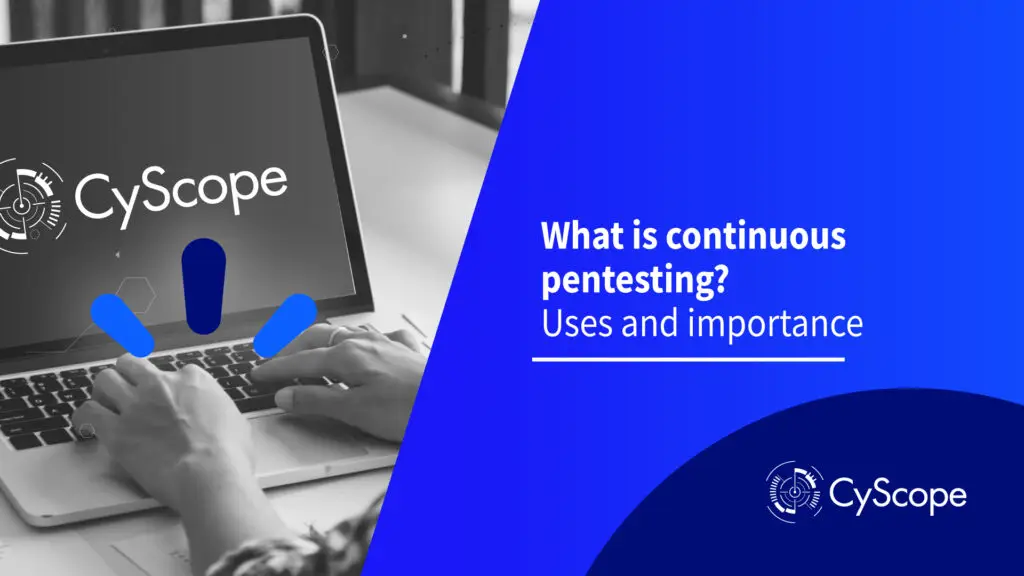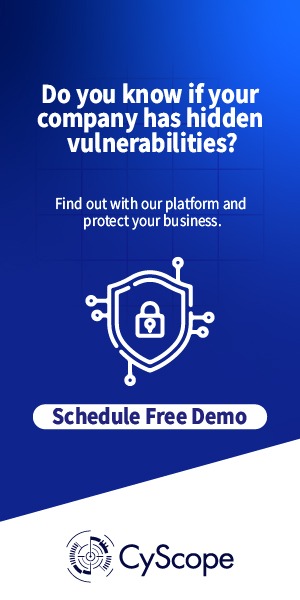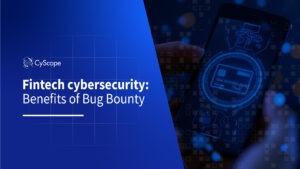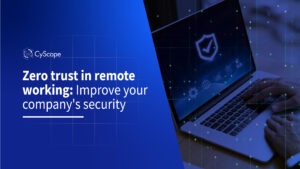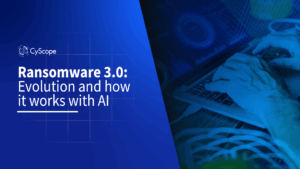Continuous pentesting has become a key practice to ensure that a company’s defenses remain robust against new threats. Unlike one-off security assessments, it allows vulnerabilities to be detected and addressed constantly and in real time.
Next, we will delve into what continuous pentesting is, its uses, benefits, and why it is crucial to the cybersecurity of any organization.
What is Continuous Pentesting?
Continuous pentesting is a security practice in which penetration testing is performed on an ongoing basis, rather than once or twice a year. This methodology involves the use of advanced tools, as well as the intervention of security specialists, to identify vulnerabilities in real time, assess defenses and enable companies to respond immediately to new threats.
Unlike traditional pentests, where tests are run at specific periods, continuous pentesting seeks continuous security coverage and an up-to-date view of the organization’s security status. By identifying gaps and vulnerabilities on an ongoing basis, it becomes a process that adapts to the dynamic nature of threats and the pace of application development.
Read more: Why Continuous Security Testing is Essential in the Fight Against Cybercrime
Uses of Continuous Pentesting in Cybersecurity
Continuous pentesting offers a variety of applications that make it an essential tool for companies wishing to maintain a proactive security posture. Some of the main uses include:
1. Fast Vulnerability Detection
By implementing continuous pentesting, companies can identify vulnerabilities immediately, allowing them to take action before they are exploited. This is critical for dealing with rapidly evolving threats that require an agile response.
2. Security in Software Development (DevSecOps)
In the context of agile development and DevSecOps, continuous pentesting allows security testing to be part of the development cycle, rather than at the end. This ensures that vulnerabilities are detected and resolved as the software is being developed, avoiding security issues before the product reaches the end user.
3. Compliance with Security Regulations and Standards
Many security regulations and standards require organizations to perform regular penetration testing. With this, companies can demonstrate ongoing compliance by actively assessing the security of their systems, which facilitates audit reporting.
4. Real-Time Risk Reduction
Thanks to continuous pentesting, organizations can reduce security risks in real time. By being able to identify active threats and new vulnerabilities quickly, companies not only strengthen their defenses, but also reduce the likelihood of suffering an attack that compromises the integrity of their systems and data.
You might also be interested: AI in Fintech: The Future of Cybersecurity
Importance of Continuous Pentesting for Enterprises
Continuous pentesting is essential in today’s cybersecurity context, especially given the increasing sophistication and frequency of cyberattacks. Its importance lies in the fact that it enables more proactive, rather than reactive, security, helping organizations to stay ahead of threats and significantly reduce security risks.
1. Security Adapted to a Constantly Changing Environment
In the past, most companies conducted penetration tests on an annual or semi-annual basis. However, this approach is no longer sufficient to cope with the speed at which cyber-attacks evolve. Continuous pentesting allows security to adapt to the pace of technological change, providing a constant and up-to-date defense.
2. Cost Reduction and Safety Efficiency
It not only protects companies from potential attacks, but also reduces costs associated with remediating breaches and recovering compromised data. By identifying vulnerabilities early, companies can resolve problems more cost-effectively and avoid the financial impact of a successful cyberattack.
3. Strengthening Customer Confidence and the Company’s Reputation
Today, customers value the security of their data more than ever. Implementing advanced measures such as continuous pentesting not only protects confidential information, but also sends a positive message to customers, demonstrating the company’s commitment to protecting their data and strengthening their trust in the brand.
Conclusion
Continuous pentesting has become an essential tool for organizations that want to constantly and proactively protect themselves from cyber threats. Its ability to adapt to the speed of change in the digital environment allows companies to stay secure, reduce risk and strengthen their security posture.
Implementing continuous pentesting not only improves an organization’s defense against external attacks, but also contributes to regulatory compliance and helps maintain a solid reputation. In a world where digital security is becoming increasingly complex, this represents a competitive advantage that can make all the difference.
Ready to take your company’s security to the next level? Contact us and find out how our cybersecurity solutions can help you protect your data and keep your company safe from emerging threats!
